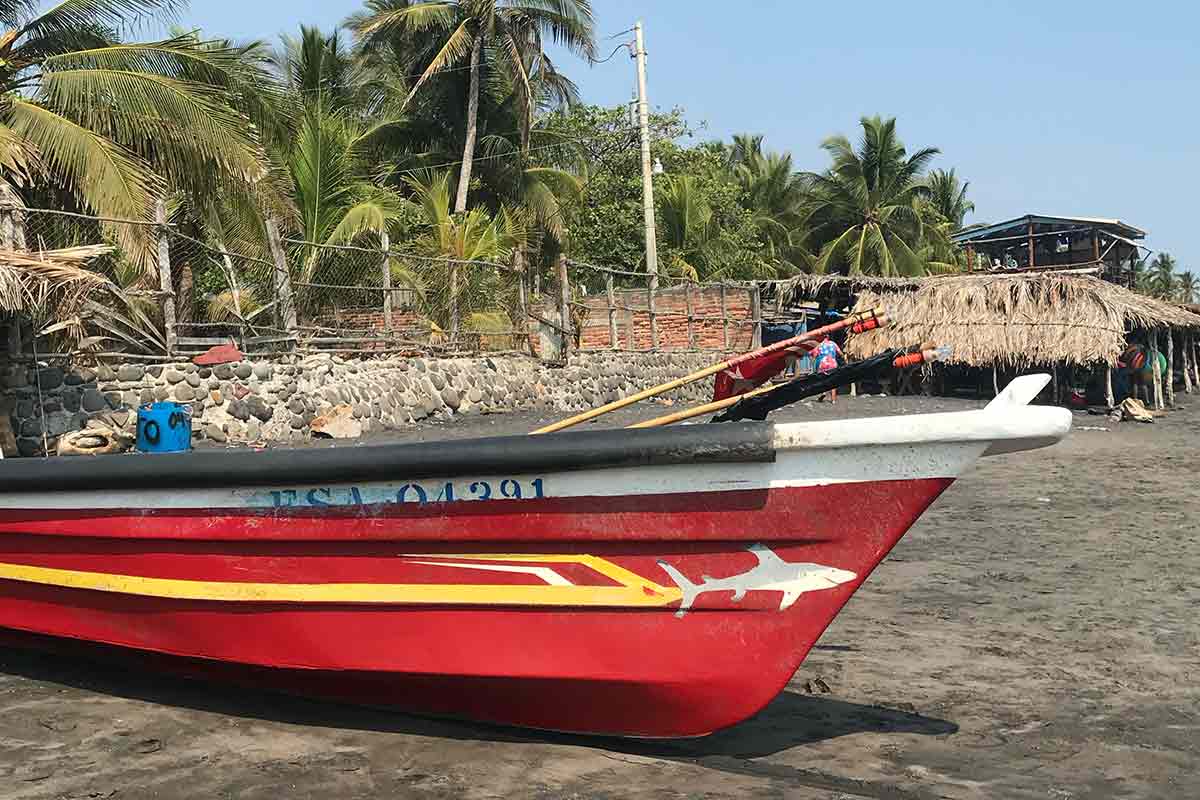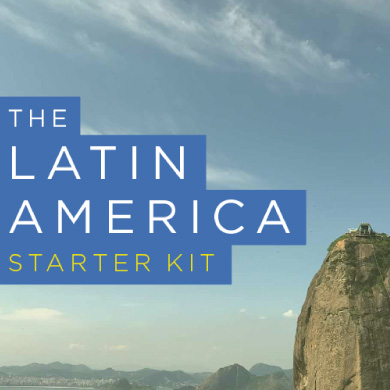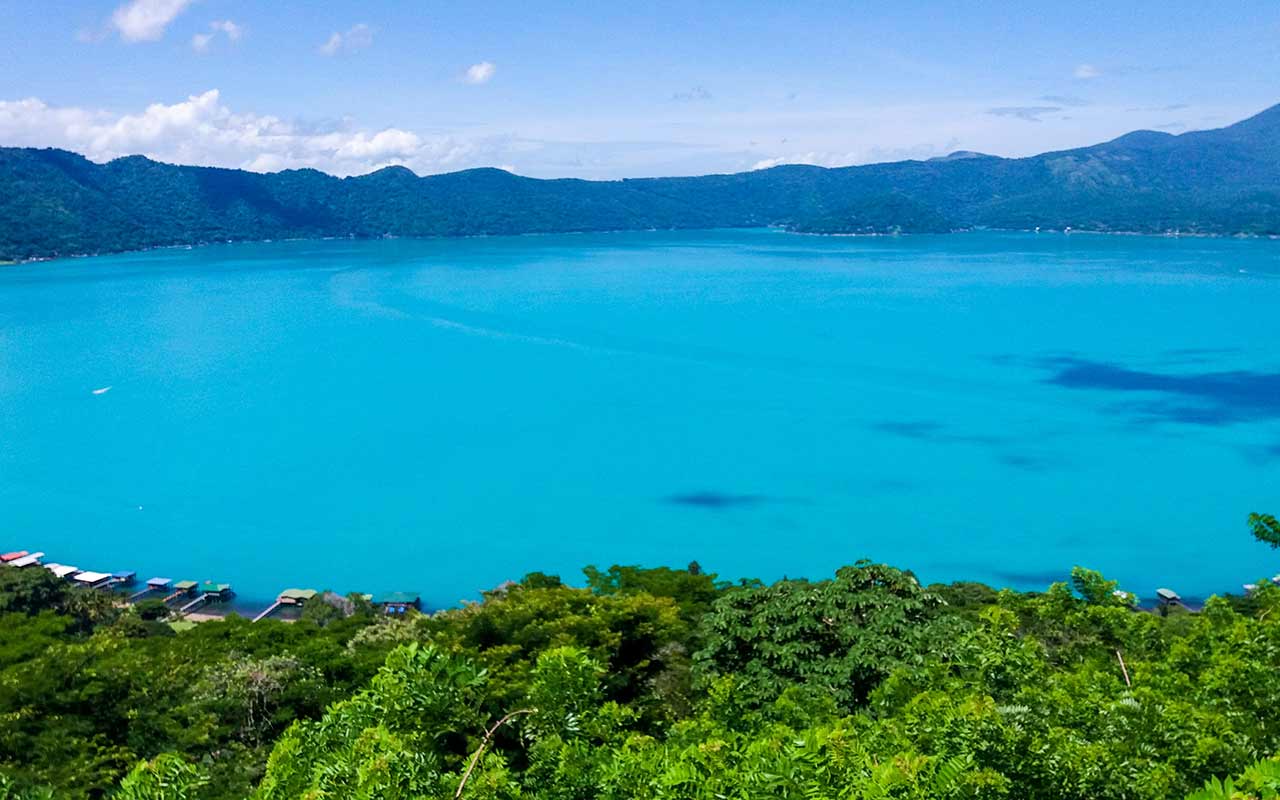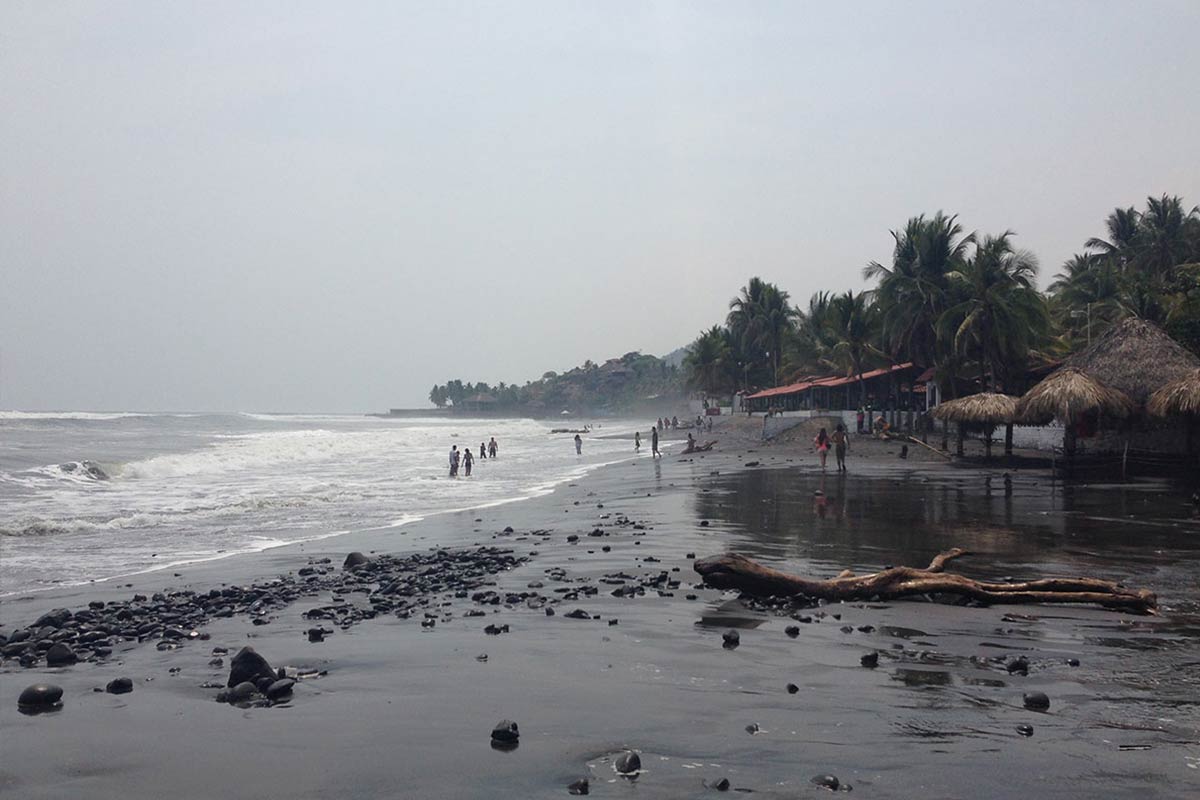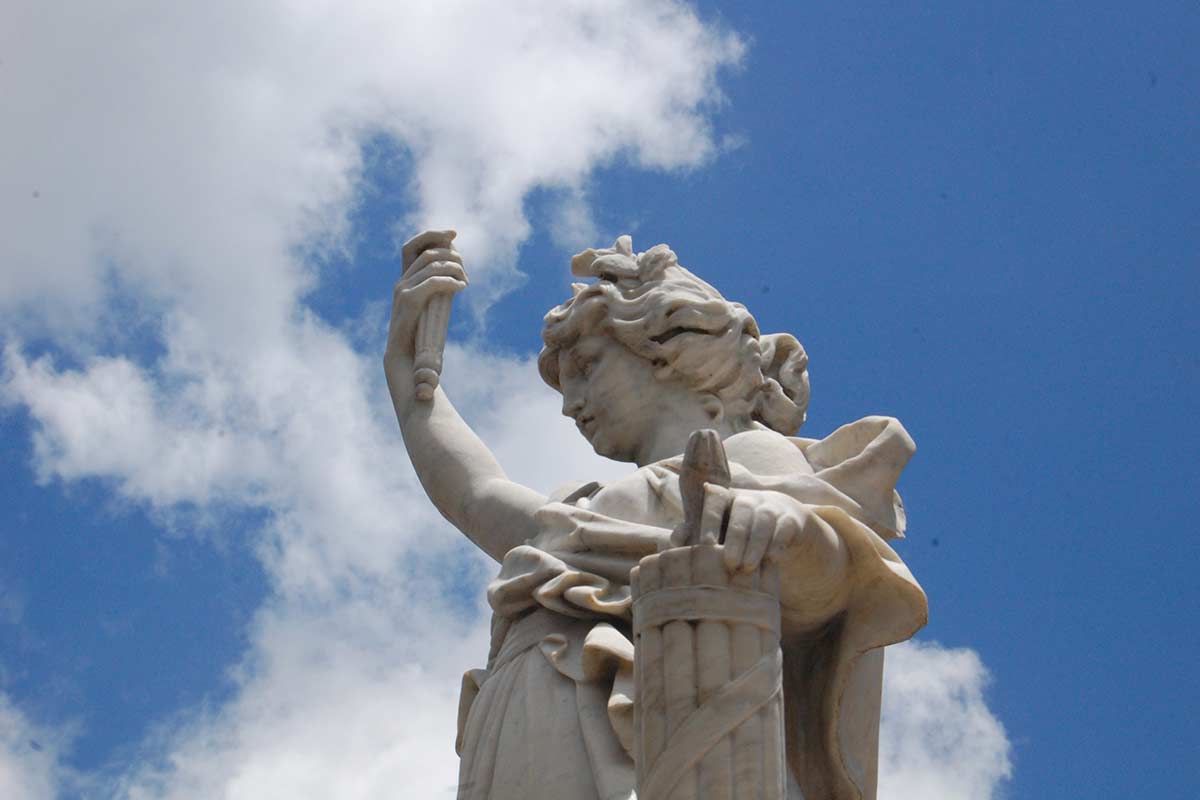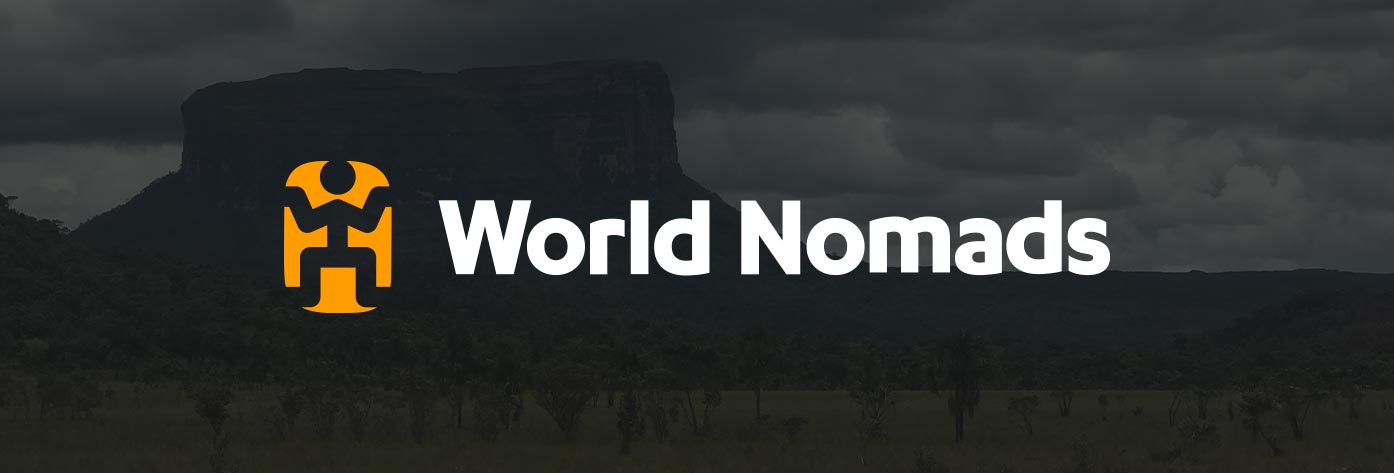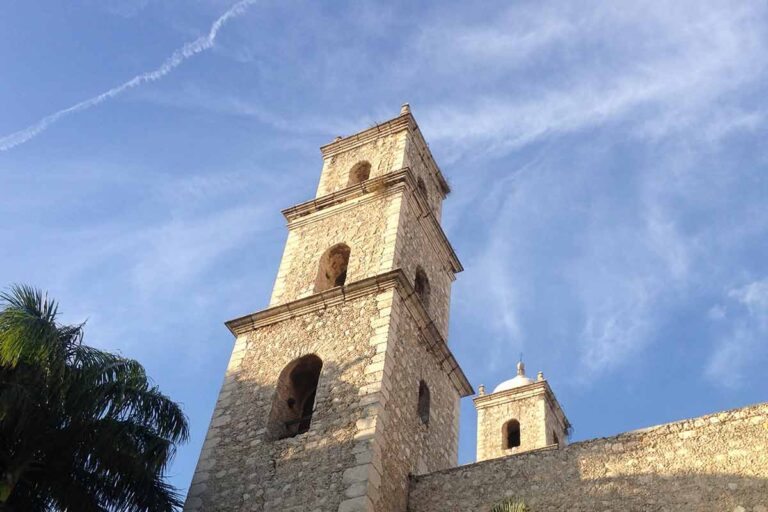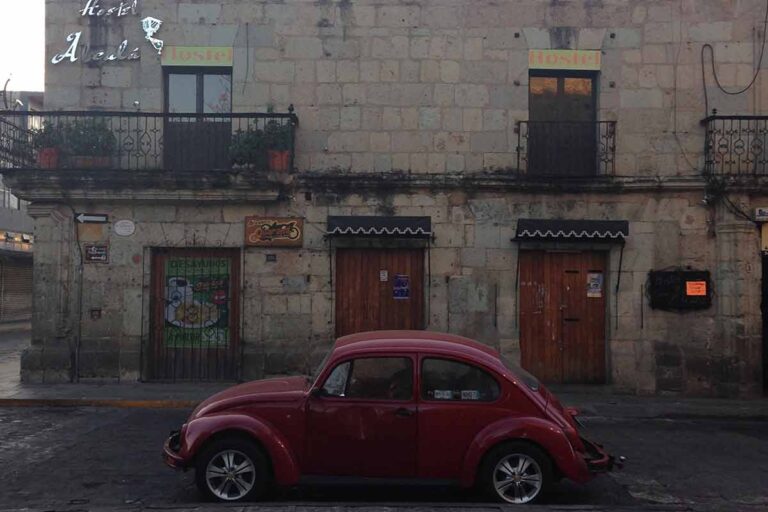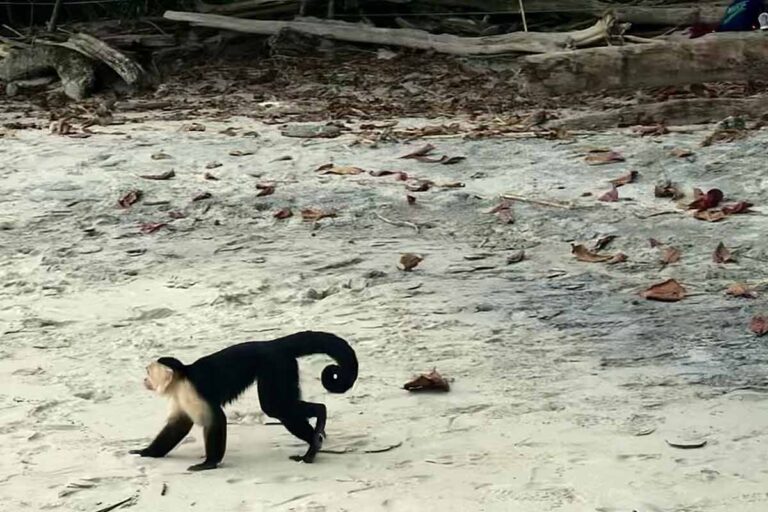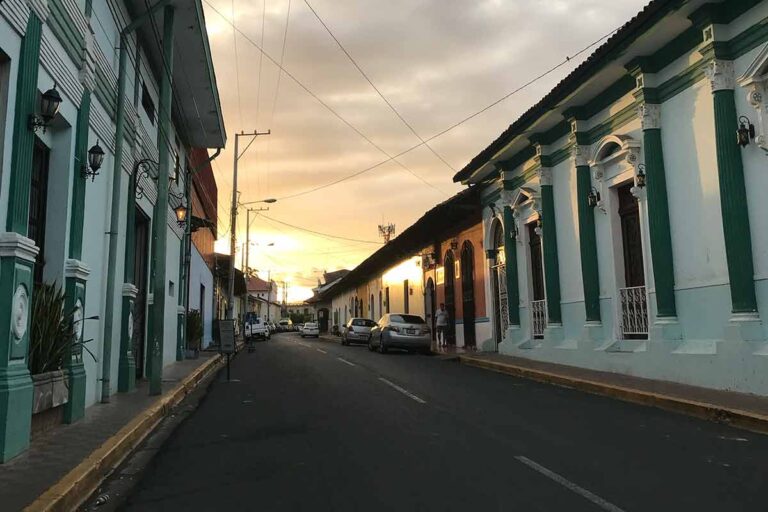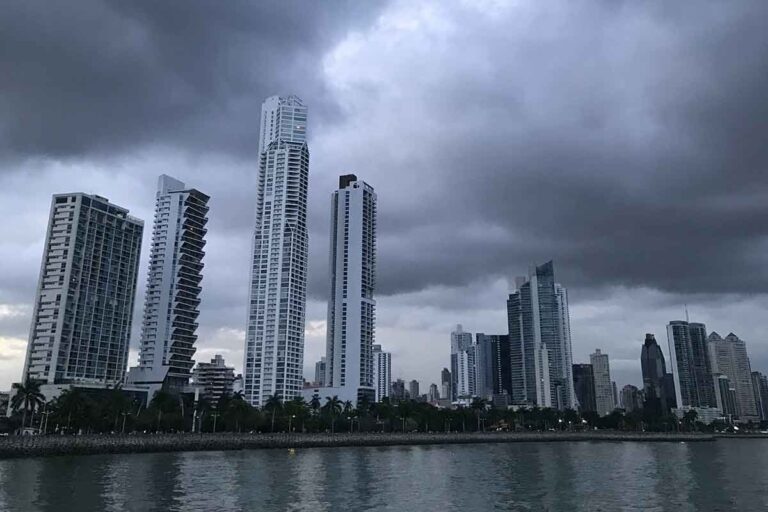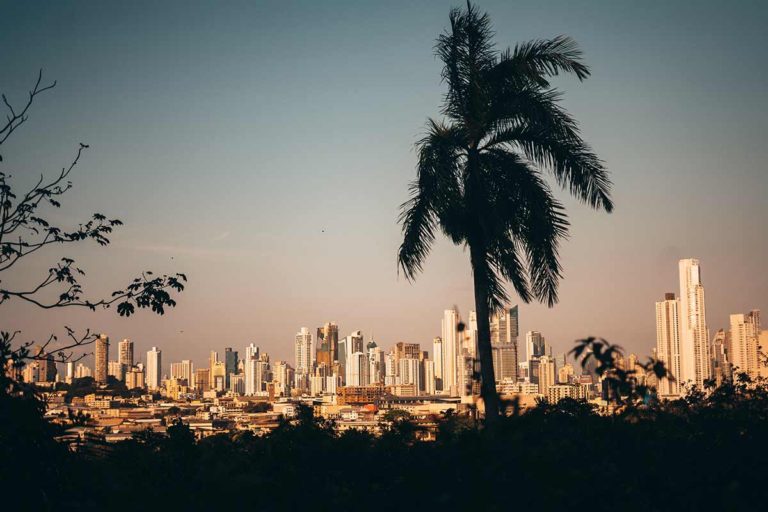Backpacking El Salvador Itinerary
Welcome to our backpacking El Salvador itinerary.
If you’re planning an El Salvador backpacking trip, you’ll need an itinerary to lead your way. Today, that’s exactly what we’ll provide for you!
El Salvador is one of the smallest countries in Central America, but it has a ton of charm and though it’s a less popular tourist spot, there’s a lot to do.
Many first time (and seasoned) travelers arrive to El Salvador after Guatemala, looking for a change of scenery and culture.
El Salvador Itinerary
This guide is designed to give you an El Salvador travel itinerary that will take you through the country’s natural beauty and rich history!
This exciting, yet less visited nation is slowly making its way onto more travel itineraries, and rightly so.
Despite being the tiniest nation in Central America, El Salvador is home to some world-class beaches, towering volcanoes and cute, colonial towns.
The safety situation has improved considerably within the last couple of decades, and we can firmly say that it’s both safe and worth the trip here.
BLATAM backpacking data:
- 💰 Currency: US Dollar, Bitcoin
- 🇸🇻 Language: Spanish
- 🌎 Population Size: 6.5 Million
- 📍 Best Secret: Suchitoto
- 🍴 Eat: Sopa de pata, Pupusa
- 🥛 Drink: Horchata
- 💸 Average Daily Budget: $20-30
See our El Salvador travel tip section below for more useful information.
El Salvador Itinerary Map
San Salvador → Suchitoto → Lago de Coatepeque → Ruta de las Flores → Barra de Santiago → Granada → Then cross the border into Honduras if you want.
Is El Salvador Safe?
El Salvador has a crime problem that can’t be ignored. It has one of the highest homicide rates globally, and it’s often attributed to gang violence.
Our basic tips for safety in El Salvador include:
- Take note of local emergency numbers and keep them handy.
- Don’t wear clothing items with the numbers 16 or 18 on them because they identify two of the biggest gangs in the country.
- Don’t flash your valuables and always be discreet with mobile devices.
- Dress to blend in, not to stand out, and leave the jewelry at home. Why not carry an ultra safe money belt to avoid unnecessary displays of wealth?
- Avoid the areas that are classified as dangerous, such as red district areas, drug areas, or gang areas. Again, do your research!
- Gang violence rarely affects backpackers, but always be cautious.
Though El Salvador can be dangerous, travelers will be able to explore the country without a hitch.
You’ll need to be cautious and follow basic safety tips, which we’ll provide later on in the article. Also see this guide on safety in El Salvador for more tips.
Safety Facts about El Salvador
- The best way to evaluate safety is to look at the 2020 Global Peace Index. This measures the state of peace of each country in comparison with the rest of the World, by evaluating both tangible and qualitative indicators.
- El Salvador ranked as 113th out of the 163 nations, which is similar to Thailand and Haiti. For comparison, The United States ranked as 121st.
- Overall, safety in El Salvador has certainly improved in the last couple of decades, but still needs to be trodden with care. This is especially the case with the capital, San Salvador, where there’s a higher chance of homicides than many other cities in Central America.
- Other destinations like Santa Ana and La Libertad are pretty safe, just use the same caution as you would when traveling anywhere else new.
Backpacking El Salvador Itinerary
There are many off the beaten track places to visit in El Salvador and in this article we’ll look at the top 6 spots you simply can’t miss.
You can read this in conjunction with our popular backpacking Central America travel guide which shows you more place to see in El Salvador.
San Salvador
San Salvador will be the first stop in your El Salvador travel itinerary.
It’s the center of luxury in the country, so you’ll find international restaurants, high-end hotels, and shopping opportunities that you won’t find elsewhere.
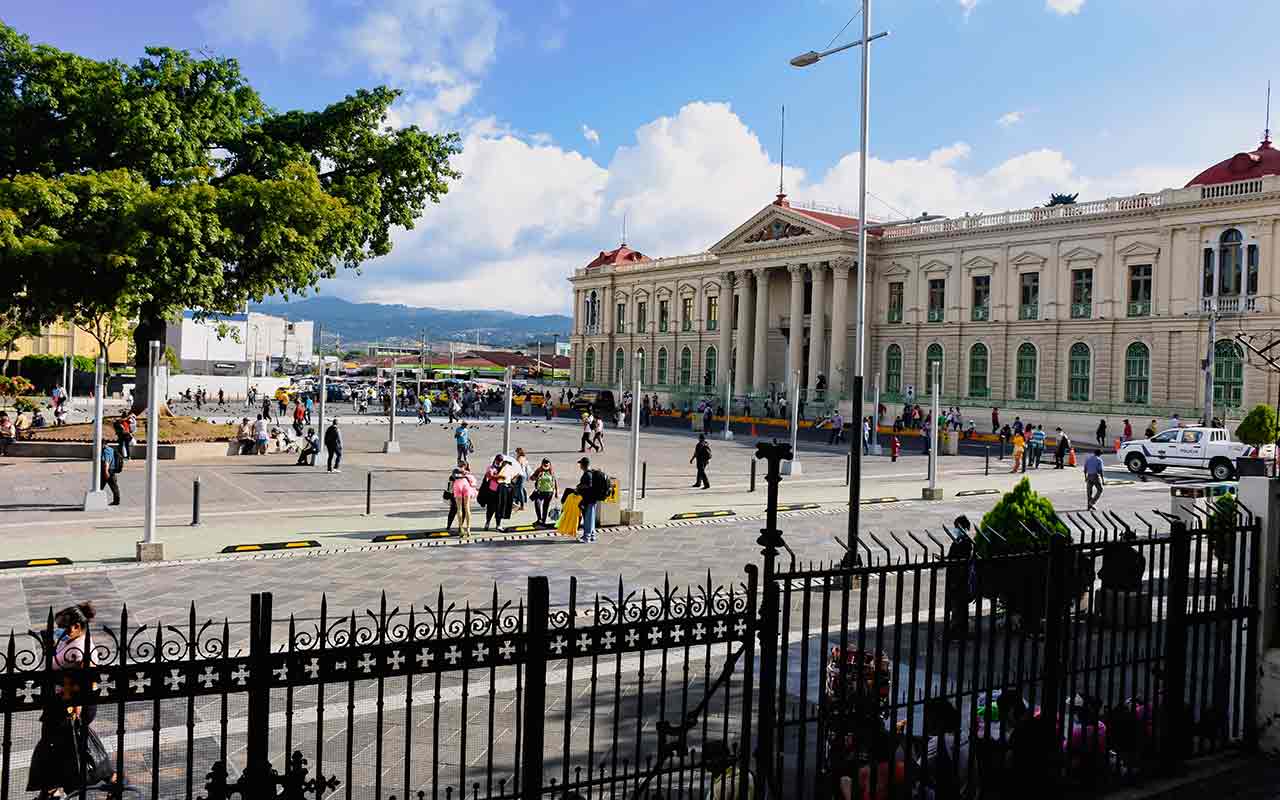
Once you’re settled in, you can head to El Centro, which is the city center and you’ll be able to visit the Catedral Metropolitana, the Mercado Central, which is a large street market, and the Teatro Nacional.
San Salvador is also a good starting point if you want to do a museum tour at Pablo Tesak and visit Cihuatán, an amazing archaeological site.
On your second day, you can take a bus to the Zona Rosa and the Colonia San Benito where you can visit several museums, go to the Mercado Nacional de Artesanías and the Multiplaza Mall.
Suchitoto
Once you’re done in San Salvador, you can head to Suchitoto, one of the country’s most charming towns. It’s one of the most outstanding cultural destinations in El Salvador, where you’ll find plenty of art galleries, boutique hotels, and natural beauty.
Suchitoto has a rich history and it’s a beautiful place to explore. Those already in San Salvador can take this awesome half-day tour to Suchitoto to see the very best sights.
Those already in San Salvador can take this awesome Half-Day tour to Suchitoto to see the very best sights.
Lago de Coatepeque
The Lago de Coatepeque is two hours and a half from San Salvador and it’s well worth the trip.
The roads are nice, so you can rent a car to get there and enjoy the scenic route if you head out west from Suchitoto.
This lake offers pristine waters and there are many mansions around the shores. The sunset is of particular note and you can swim, fish, or ride watercrafts to enjoy your time in the lake.
Ruta de las Flores
The Ruta de las Flores is a rural mountain circuit with lovely hilltop villages you can explore.
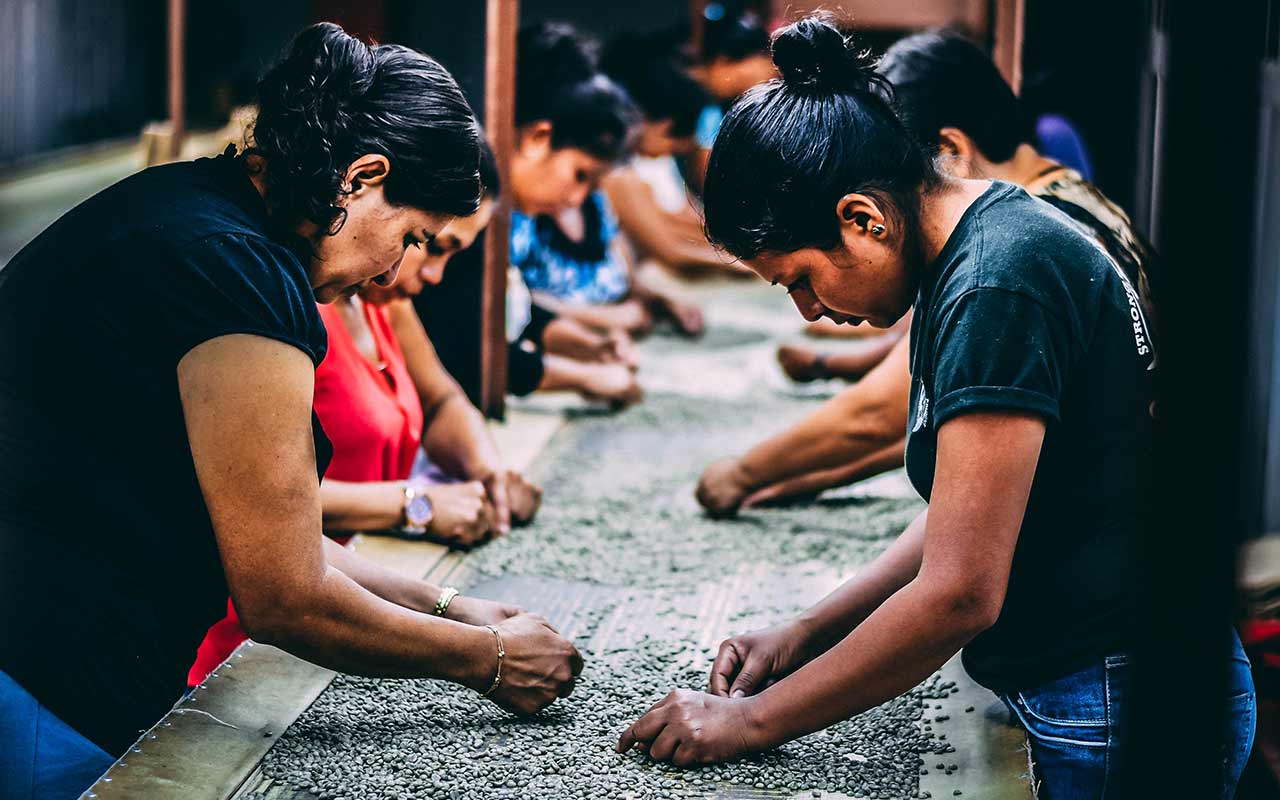
You can also try a coffee plant tour to checkout how some of the best coffee in the country is madde, but you can also rent a car so you can stop at the roadside attractions at your own pace.
You want to check out Nahuizalco to see the locally made furniture, stop at Juayúa to visit the black Christ, and finish your day in Ataco, where you’ll find amazing El Salvadoran art.
Barra de Santiago
Barra de Santiago is a small fishing village and protected nature area where you’ll find deserted beaches perfect for fishing, swimming, and surfing.
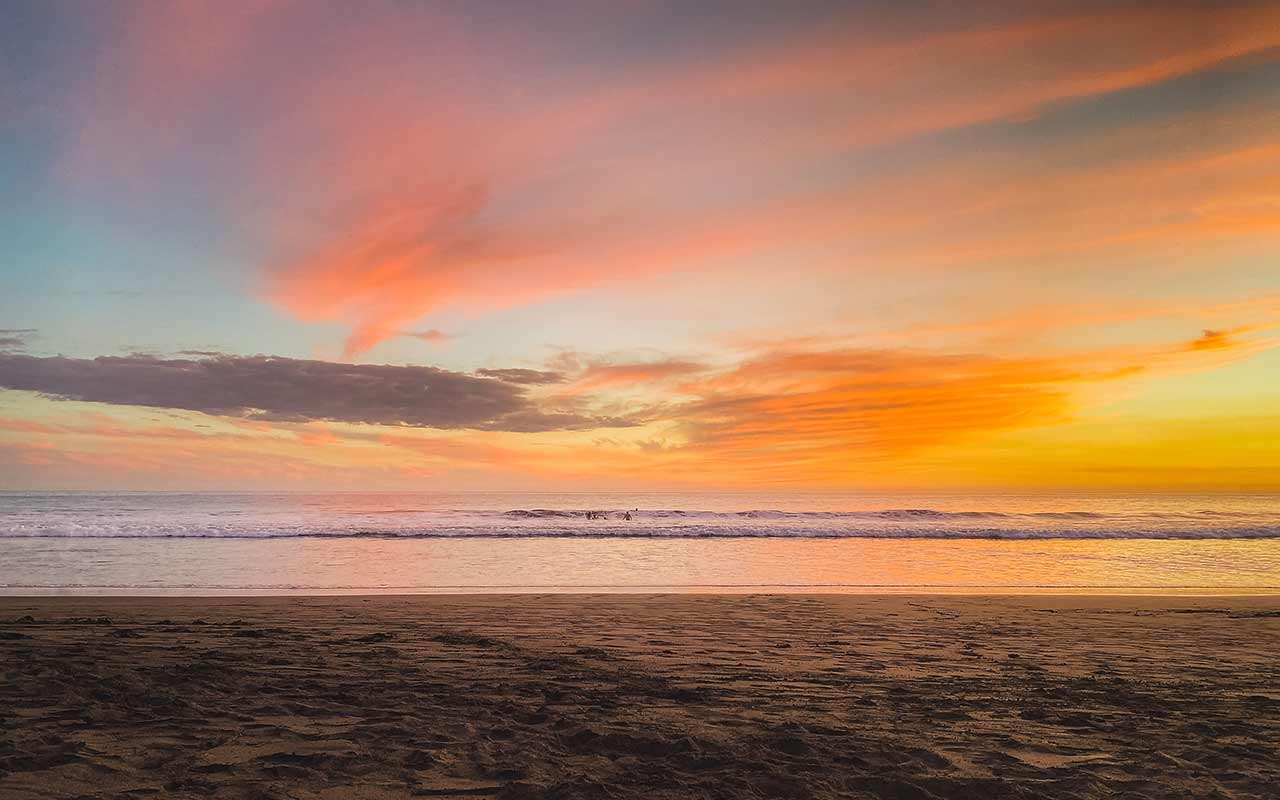
You’ll also find giant sea turtles and you can watch them lay their eggs if you go in the season. It’s a great place to stop and relax to recharge your energies.
Granada
Granada is a picturesque town you simply can’t miss. You can visit the Mombacho Volcano, go to the Islets of Granada and enjoy many wonderful activities, including kayaking, explore the Butterfly Reserve, and also visit many different churches and museums.
El Salvador Itinerary (1 Week)
Below we’ll cover our very best El Salvador itinerary. As well as keeping an eye on time, it’s also been designed to keep things fresh and exciting too for you.
San Salvador (Days 1-3)
Kicking it off, we’ll start in the capital that is San Salvador. It’s the easiest way into the country, which is surprisingly accessible with many global flights arriving here daily.
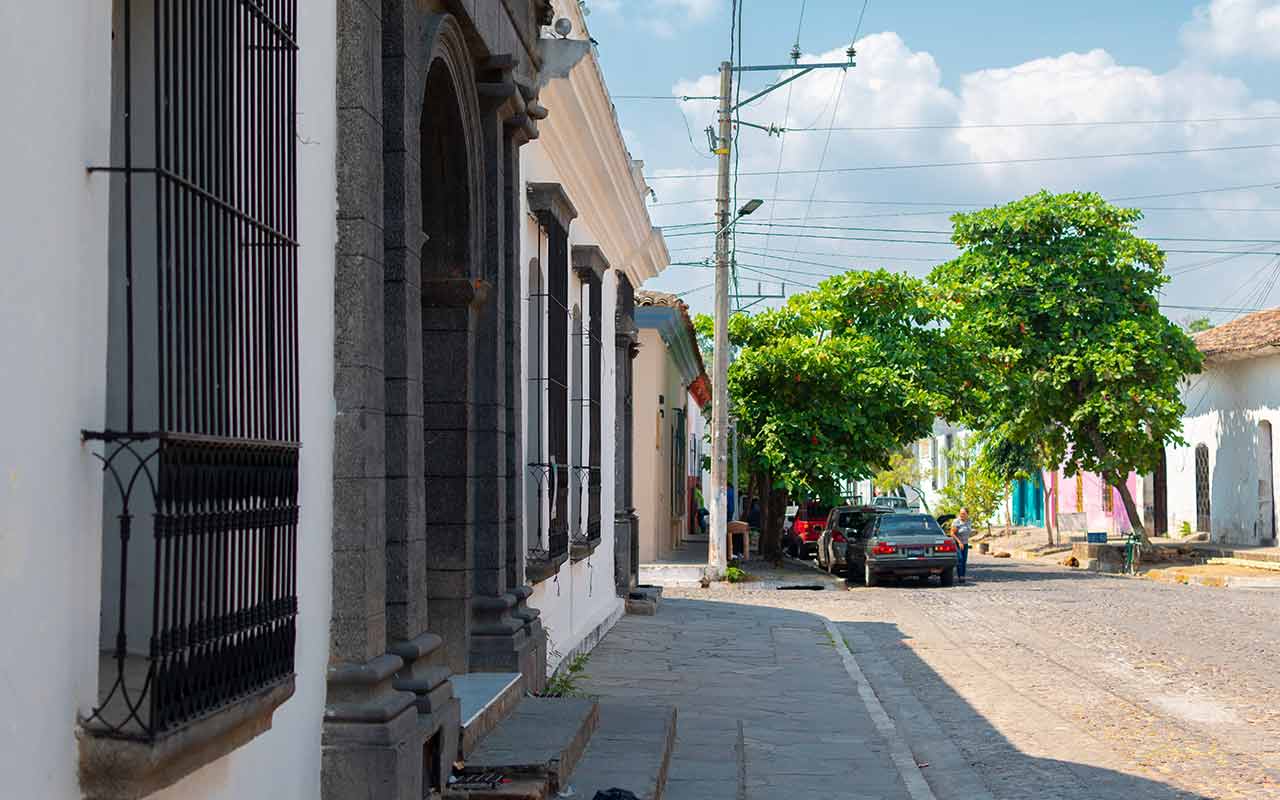
Mostly known for its raw and unfortunate past, things here have since improved quite a bit.
You’ll still want to be careful walking around alone and also look up safe areas before visiting (as always with anywhere new).
The best things to see here include the Metropolitan Cathedral of San Salvador as well as El Rosario Church. It’s also worth exploring the nearby Parque Nacional El Boquerón for its incredible sceneries and nature.
If you’re short on time in the capital, then we recommend jumping on this day tour where you’ll see all of the best sites, including the main nearby volcanoes.
If you’ve got a day free after seeing all of the above, then be sure to take a bus to nearby Suchitoto in the mountains (around 2 hours away). It’s colorful streets and panoramic views make it one of El Salvador’s best-kept gems.
El Tunco (Days 4-5)
Now we’ll take the one-hour bus to El Tunco. Located along El Salvador’s pristine Pacific coast, this is the time to relax and let your hair down.
Whilst the entire region of La Libertad is worth visiting (which runs along the coast), we recommend basing yourself in the small town of El Tunco.
Now firmly along the backpacking trail, you’ll find many cheap hostels here as well as lots of entertainment options.
One of the best things to do in El Tunco is to go surfing. It’s home to arguably the most popular surf spot in all of Central America, with competitions held here annually.
Even if you don’t surf, El Tunco is great for its beaches that include the black-sand El Zunzal.
Other things to do here include taking yoga classes as well as exploring Tamanique Waterfall (around half an hour outside of town).
Don’t forget your Water Purifier & Filter Bottle!
Santa Ana (Days 6-8)
From the coastal region of La Libertad, we now take a bus inland to the mountainous city of Santa Ana. The bus takes around 2 hours in total.
Santa Ana is a paradise for hiking enthusiasts and panoramic photo snappers, with some truly amazing scenery. The city itself is pretty, and a much-needed upgrade from the capital. We recommend staying at Hostal Las Puertas while in Santa Ana.
Some of the best things to explore in the city include the imposing Catedral de Nuestra Señora Santa Ana, the Municipal Palace as well as the old ruins of La Escuela de las Artes.
Santa Ana, although, is all about the surrounding sceneries. Lake Coatepeque is a volcano crater filled with deep blue waters, and is arguably El Salvador’s biggest attraction. You can get here with a bus from Santa Ana in an hour. Staying at one of the hostels in Santa Ana will help you get more insider info.
Another great activity is hiking Santa Ana Volcano. Standing at 2381m, it towers above the rest of El Salvador as its highest volcano.
The four-hour hike to the summit will take you through the steaming Cerro Verde jungle, before reaching the summit for some unbeatable views of the surrounding national park.
From here you can either take the bus back to San Salvador for your international flight or continue into Guatemala by taking a bus northbound.
There you have our 1 week El Salvador itinerary. Now let’s move on to some tips, so you can have the best experience possible here.
El Salvador itinerary overview: San Salvador → Suchitoto → Lago de Coatepeque → Ruta de las Flores → Barra de Santiago → Granada
El Salvador Travel + Safety Tips
We already stated El Salvador can be dangerous, so you need to be careful.
These safety tips will help you out:
- Carry one of these PacSafe Retractable Locks to help secure your backpack or any other valuable travel gear item you may be carrying with you.
- World Nomads offers simple and flexible travel insurance. Buy at home or while traveling and claim online from anywhere in the world.
- Plan ahead and research the route you’ll be taking. Choose the places you’ll visit carefully and always make sure they are safe.
- Due to many not visiting El Salvador, many of the national dishes are quite unknown to the outside world. Pupusa is the top dish in the country, and are tortillas filled with meat, beans, cheese and loroco, which is the national flower of El Salvador.
- Santa Ana Volcano, Suchitoto, Coatepeque Lake, Surfing in La Libertad. See this list of top rated tours in El Salvador.
- San Salvador is the best place for nightlife with many options such as Fuego and Emporium. There’s lots of cool bars around the Zona Rosa district, which is the go-to district for nightlife in the capital.
- Whilst the smaller towns are usually safe, take care when in San Salvador, as some parts can be very rough where violence is likely.
- Aim to learn some basic Spanish lingo before you arrive here as it will help you to get what you want (more effectively) in many different situations.
- Check out local governments recommendations before heading, as things can change (most likely since this article has been updated).
- Safety starts with the place you stay at, so choose a hostels/hotels in safe areas and be sure to take out travel insurance for protection on the road.
- Avoid going out at night, but if you do, follow our safety tips.
- If you plan on using public transportation, make sure the bus is taking a safe route and gets directly to where you need to go.
- Look out for the top rated hostels in El Salvador for the most comfortable rooms and meeting like minded people etc.
It’s not difficult to stay safe in El Salvador, you just have to plan ahead and be aware of your surroundings while you explore the country.
Traveling Around El Salvador
Getting around in El Salvador by bus is very easy and inexpensive. Large cities in the country have dedicated bus deports, but in smaller towns, the buses come and go from the main square, so keep that in mind.
Vendors will hop aboard and sell water, candy, and fruit, so don’t be scared, but keep your valuables in sight.
There are modern and older buses available, however, modern buses rarely have air conditioning and pack as many people as older buses, so the experience is the same.
If you want to explore different parts of El Salvador, taking guided tours is a lot safer. Most hostels in Central America will provide info on the best tours.
Some of our favourite hostels in El Salvador include:
Hostel Casa Verde (Santa Ana), Papaya Lodge (La Libertad), Villa Florencia Centro (San Salvador)
Best Time to Visit El Salvador
We’ve spoken a lot about the best time to visit Central America on this blog (George is absolutely obsessed with checking the weather when we travel).
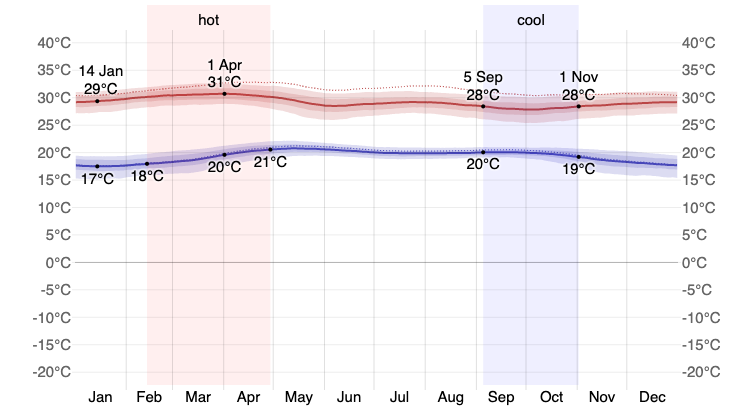
The weather in El Salvador can best be described as tropical. Despite this quite general term, this small nation does have cooler mountainous areas which of course will be a little chillier than the coast.
The capital of San Salvador has an annual average temperature of between 74-79°F, with a lot of rainfall falling during the wet season, which runs from summer until fall (150-200mm of precipitation per month, as opposed to the 10-40mm that falls per month in winter and spring).
The dry season is the best time to visit, which is between December until April, when rains are at their lowest.
This season is also the best time to do a Mayan heritage-guided tour as most of the Mayan sites are accessible and best viewed at this season.
Heading during the shoulder months is also a good time, with green, lush landscapes in abundance following the heavy summer rains.
What to pack for El Salvador
Once you’ve decided where you want to visit, and roughly the time of year, now comes the fun part of packing for your backpacking trip to El Salvador!
With a range of destinations and ecosystems to explore, after getting your backpack sorted (we use Osprey) it may seem difficult to pack for El Salvador.
However, as temperatures are pretty consistent year round (even in the mountains), the main concern you’ll have is the amount of rain, which will be more of an issue during the summer and fall.
In terms of packing, we recommend packing light clothing for hot temperatures, such as T-shirts, shorts, vests and short dresses.
If heading during the rainy season, then make sure to take a raincoat and also good-grip backpacking boots (trails can get slippy, especially as many will be less developed and will get quite muddy with the rains).
As well as these, pack the other necessities such as toiletries, document holders, hiking boots, towels, a water bottle as well as a sturdy daypack.
Got travel insurance for El Salvador?
Backpacking El Salvador Itinerary
El Salvador is small, but it has plenty to offer, especially for the adventurous who don’t want to visit the same touristic destinations as everyone else.
After identifying where to go, take a good look at our packing list and be sure to refer back to this itinerary before and during your El Salvador backpacking trip so you don’t miss anything good along the way!
👉🏽 P.S. If you’ve found this guide helpful, buy us a coffee here to say thanks! Or, support us by downloading our South America Travel Bible to get our best content.
“Dear traveler! Some links in this post contain affiliate links. Meaning, if you click through and make a purchase, book a hostel or sign up for a tour, we may earn a small commission at no additional cost to you. Your support means a lot and helps us to carry on traveling and maintaining the quality of this site for you.”

